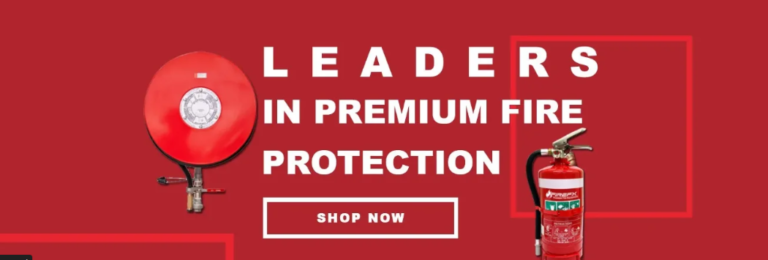In modern manufacturing, restoration, and fabrication, surface preparation plays a critical role in determining the quality and durability of the final product. One of the most effective tools in achieving clean, smooth, and prepared surfaces is the sandblasting cabinet—a closed-loop system designed to contain and control the abrasive blasting process. More than just a tool, it is a cornerstone of precision work in industries ranging from automotive repair to aerospace engineering.
The Basics of Sandblasting Cabinets
A sandblasting cabinet is an enclosed workspace where abrasive blasting is carried out using high-pressure air and blasting media (like steel grit, glass beads, or aluminum oxide). These cabinets are engineered to keep the process confined, allowing for safer operation and more efficient reuse of blasting materials.
Operators insert their hands into glove ports built into the cabinet, enabling them to manipulate parts inside the chamber without direct exposure to the abrasives. The cabinet usually features a foot pedal to control blasting, a viewing window for precision, and an integrated dust collection system to maintain clear visibility and cleaner air.
Why Use a Sandblasting Cabinet?
Unlike open blasting systems that require a designated blasting room or outdoor setup, sandblasting cabinets are self-contained and ideal for precision tasks. Here are a few reasons why industries prefer this equipment:
-
Dust-Free Operation: The enclosed design minimizes airborne dust, which can be hazardous in open environments.
-
Media Recyclability: Blasting media can be collected, filtered, and reused several times, reducing operational costs.
-
Cleaner Work Environment: The built-in dust collector and ventilation maintain visibility and prevent media buildup.
-
Controlled Blasting: Operators can fine-tune pressure, media flow, and target areas with exceptional accuracy.
Applications Across Industries
The sandblasting cabinet finds application in diverse sectors. In the automotive industry, it’s commonly used to remove rust, paint, and old coatings from engine parts, frames, and wheels. In manufacturing, it is used to prepare metal surfaces for welding or painting. Jewelry makers and aerospace engineers alike benefit from the precision and minimal surface damage this equipment offers.
Even the electronics industry uses micro-abrasive versions of sandblasting cabinets to etch circuit boards and components. This versatility is one of the reasons sandblasting cabinets are so widely adopted and adapted.
Key Features to Consider
When selecting a sandblasting cabinet, consider several key specifications:
-
Size: Larger cabinets accommodate bulkier items but require more space.
-
Material: High-grade steel construction ensures longevity and resilience.
-
Visibility: LED lighting and anti-fog viewing windows improve workflow.
-
Dust Collection: An efficient dust extraction unit is essential for safety and visibility.
-
Media Compatibility: Some units are designed specifically for certain types of abrasives.
Modern cabinets may also include automation features, digital pressure controls, and ergonomic designs to minimize operator fatigue.
Environmental & Safety Advantages
One of the standout features of a sandblasting cabinet is its eco-friendly operation. By containing the abrasive process within an enclosure and recycling the media, it drastically reduces waste and airborne contaminants. This not only benefits the environment but also complies with increasing occupational safety regulations worldwide.
Moreover, cabinets significantly reduce the noise and mess typically associated with traditional sandblasting methods. Operators are better protected, and facilities remain cleaner—especially important in industries where cleanliness is non-negotiable.
Evolving with Technology
With advancements in automation, digital controls, and material science, sandblasting cabinets have evolved to support ultra-fine detailing and delicate substrate handling. Today’s units can even be integrated into larger production lines, enabling seamless part processing and higher throughput.
Brands like Erol Exports are at the forefront of innovation in abrasive blasting systems, offering user-friendly designs that combine performance, safety, and affordability. Their sandblasting cabinet models are engineered to meet the diverse needs of modern industries while staying compliant with international quality standards.
Final Thoughts
The sandblasting cabinet remains a powerful and precise tool in the world of surface preparation. Its ability to provide clean, consistent finishes without compromising safety or efficiency makes it an essential asset for professionals across countless industries. As technology continues to advance, these cabinets are only becoming smarter, safer, and more efficient—cementing their place in the future of manufacturing and fabrication.



